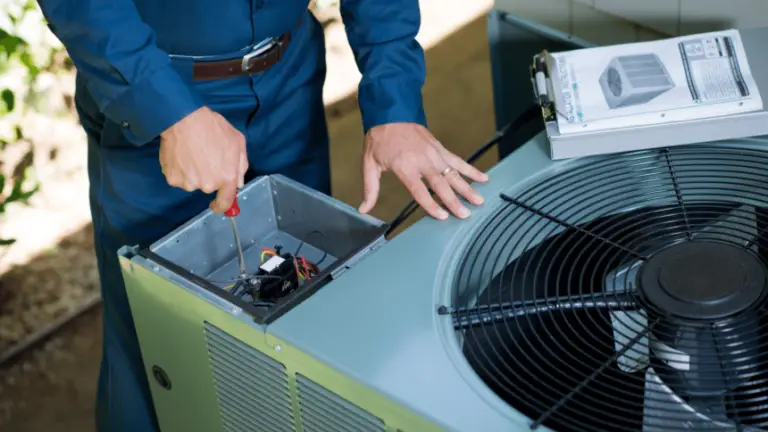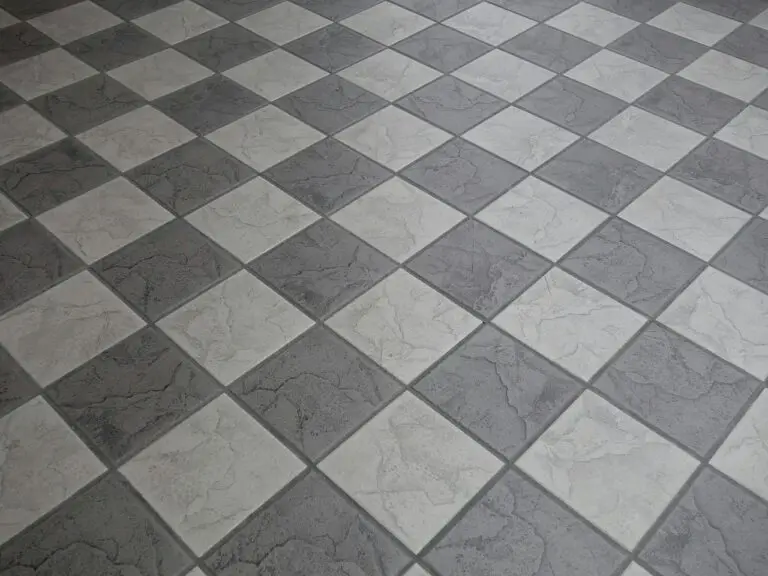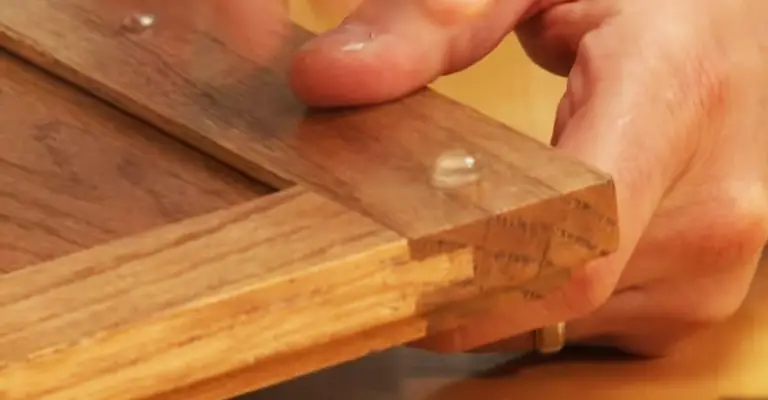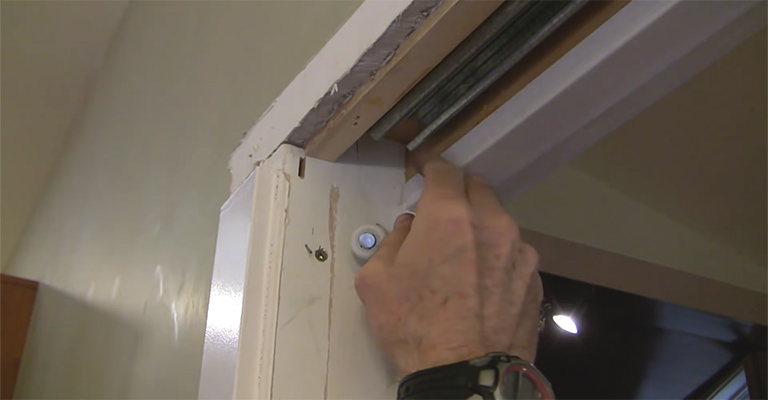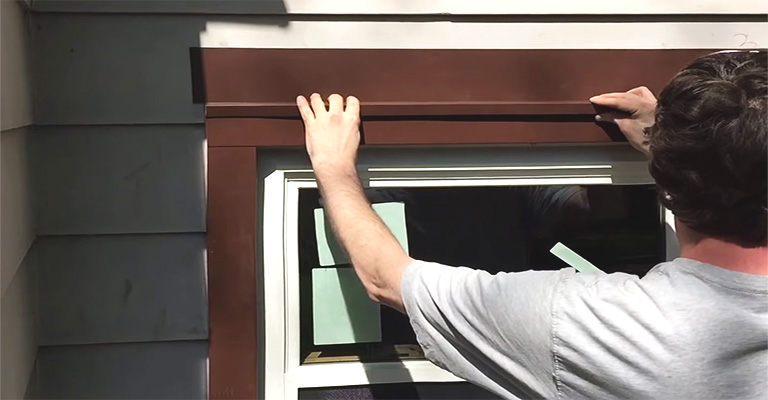Should Ridge Vent Go All The Way Across Roof?
Ridge vents are designed to allow fresh air to flow into the attic and out of the roof. The vent can also be used as a way to run wiring, pipes, and other utilities. Therefore, it is important that they are installed properly in order to prevent leaks, damage, and health hazards.
It is always a good idea to hire a professional for these installations because they know how to calculate the right size for your home and ensure that it will fit properly. The installation process will also go more smoothly with their help.
Should the ridge vent go all the way across the roof? The best answer is that it depends on what you are trying to accomplish with your roof design. The best way to decide is to take into account the location of your ridge vent, your roof type, and your building’s overall design.
How Do Ridge Vents Work On Roofs?
Ridge vents are fixed vents installed on the ridge of a roof. It is important to ensure proper ventilation within a building by installing a ridge vent on the roof.
In most cases, once ridge vents are installed, they’re covered with shingles to match the surrounding roof. Therefore, a properly installed vent should blend in with the surrounding roof, making it virtually undetectable.
Should Ridge Vent Go All The Way Across Roof?

Vent caps can be installed all the way to the edge of ridge vents, but ridge vents should not be cut all the way to the edge. You will need to consider how far you want the vents to go based on your aesthetic preferences. The vents should extend all the way to the edge to create a seamless look.
Metal roofs can also be fitted with ridge vents in the same way. To ensure your roof gets the right amount of ventilation, leave a two-inch-wide opening during installation.
Why Do Some Ridge Vents Go All The Way To The Edge?
The ridge vent, which creates airflow across the exterior roof, is usually made of aluminum or mesh-like materials. The soffit vents draw fresh air into the attic from the outside while the ridge vent exhausts hot, moist attic air.
Consequently, your cooling costs will be reduced, and your roof will be protected from damage. Is it worth it to go all the way? Even though you shouldn’t cut the venting in the roof all the way to the edge, the vent cap can be installed all the way to the edge.
Things To Keep In Mind When Installing Roof Ridge Vents
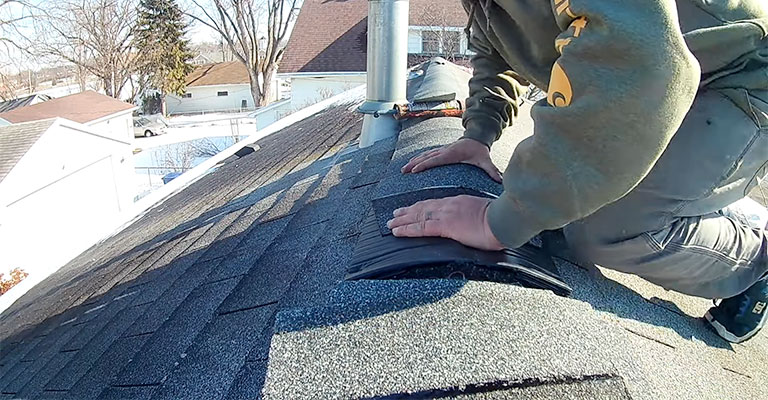
It is useless to vent the ridge on its own. To balance the exhaust of the roof vents, you must have intake vents low on the roof, such as soffit vents. If a ridge vent is not filtered, bugs may get inside. In addition, in filtered systems, the filter material can clog over time with dust and need to be replaced.
The manufacturers, roofers, and code inspectors only think about new installations so nobody will tell you about that except for a home inspector. An ordinary shop-vac brush attachment can easily clean the screens on soffit vents to keep out insects.
Ridge Vent vs. Roof Vent: What’s The Difference?
Home ventilation articles and posts may sometimes refer to “ridge vents” and “roof ridge vents”; sometimes, they are used interchangeably. The term “roof vent” might also be familiar to you.
Don’t worry if you’re confused by the terminology. “Ridge vents” or “roof ridge vents” are both vents installed in a roof’s ridge. Roof vents help circulate air on a roof by installing vents.
Roof vents, such as ridge vents, are merely types of roof vents. The soffit vent, installed under a roof overhang, and the gable vent, installed near the roof gables, are also examples of roof vents.
Roofing Ridge Vent Types
Roof ridge vents can be classified into three types.
1. Off Ridge Roof Vents
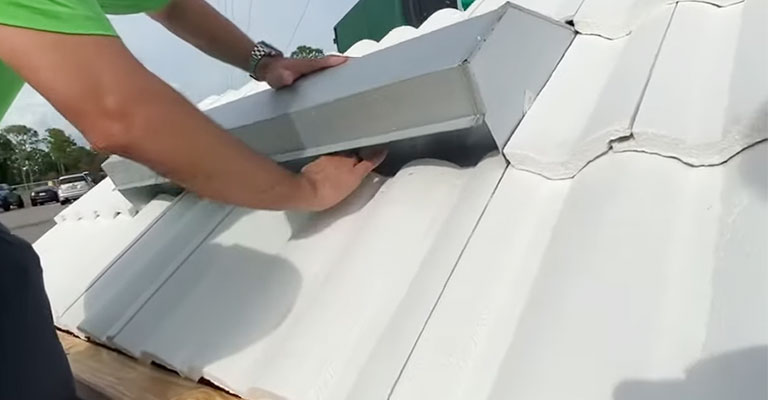
These roof vents are ideal for installing close-to roof crests or ridges. They usually consist of three shingles attached to a metal raised vent. They are installed by cutting a hole about the size of the vent and mounting the whole thing over it.
They are a good alternative if you have a roof with a small ridgeline or one without a single unbroken ridgeline. The longest length of your roof should have a few of these vents installed.
2. Shingle Roof Ridge Vent
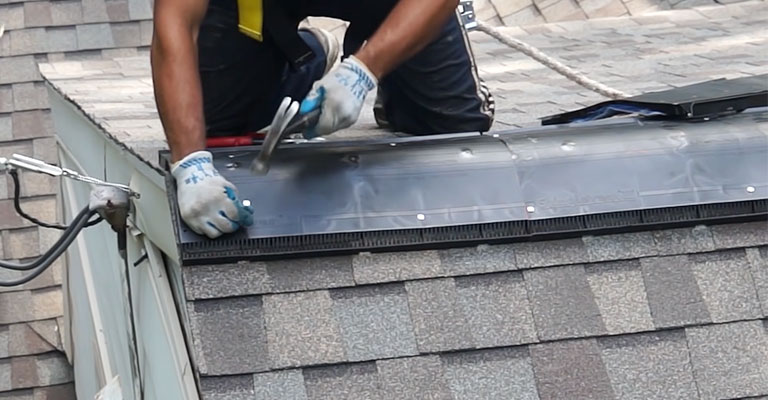
Roof ridge vents can also be called shingle-over vents because they are covered with asphalt shingle caps that allow them to blend in with the surrounding roof structure.
People often find shingle-over vents more attractive than regular roof vents because they are covered with shingles. A vent is camouflaged under the shingles to prevent the roof’s line from being disrupted.
A variety of roofing materials are available for shingle roof ridge vents, depending on the manufacturer. Additionally, you can request custom-made vents in different colors or shapes, but those will be more expensive.
3. Metal Roof Ridge Vent
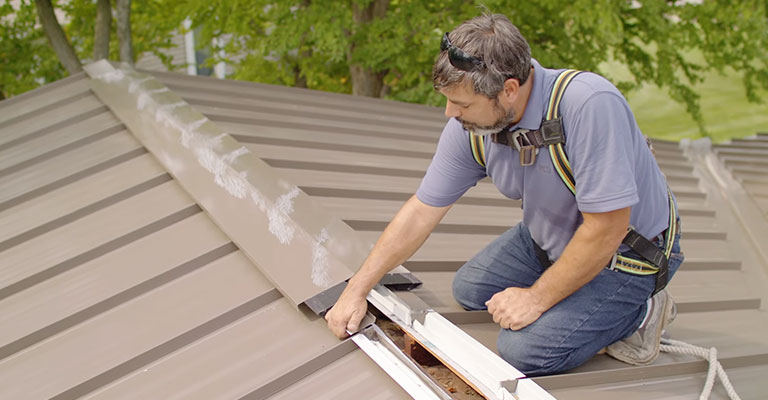
As you might expect from their name, metal roof ridge vents are the most common type. Metal vents are usually shaped as one piece and covered with shingles to match the roof.
Metal roof ridge vents are often made of aluminum. A typical aluminum vent has a mushroom shape with wide flanges on both sides. In order to promote air circulation, they are installed over roof shingles.
Roof ridge vents made of aluminum can be installed independently or painted to match the roof surrounding them. It is also possible to cover them with shingles if you really want to.
Advantages of Roof Ridge Vents
The purpose of roof ridge vents is also to ventilate the roof. In addition, there are a few other advantages.
- Reduces Indoor Pollution
It is possible to circulate indoor air and remove indoor pollutants by installing a roof ridge vent. The wind blows across the vents, allowing air to flow out of the building naturally.
- Enhanced Visual Appeal And Resale Value
Your home’s roof line can be enhanced with a stylish roof ridge vent. Furthermore, it can increase your home’s resale value by reducing energy costs for potential buyers.
- Moisture Prevention
Additionally, ridge vents prevent moisture buildup. As a result, energy costs will be reduced as well as home maintenance costs.
- Maintaining A Constant Temperature
You will be able to control the temperature in your home more easily with proper ventilation. In the summer, it will help keep your home cooler, while in the winter, it will keep your home warmer.
- Circulate Air More Effectively
Air circulation and energy savings are two major benefits of roof ridge vents. In addition, ridge vents can improve your home’s air ventilation system, as we mentioned earlier.
Cons of Roof Ridge Vents
The advantage of roof ridge vents is that they provide affordable and convenient ventilation for your roof. However, they come with a number of downsides that might make you decide against purchasing the product.
- The System Is Inefficient In Warmer Climates
Homes in warmer climates should also avoid roof ridge vents. However, in terms of reducing hot air flow, they are not as effective.
Ridge vents are perfect if you only have a short summer season, but they aren’t as effective if you have long periods of warm weather.
- Leaks May Occur
A major disadvantage of roof ridge vents is that they can cause leaks. It is possible for rain to fall horizontally in some cases due to wind.
When this happens, you may end up with rain falling into your ridge vents and your home. If you have a flat roof, you should not install these types of vents.
- Higher Cost
The initial cost of installing a ridge vent is higher. Therefore, adding soffit vents to ridge vents will incur additional expenses. To maintain a comfortable temperature, soffit vents let air into the room.
The Bottom Line
A ridge vent should cover your house’s entire roof ridge or eave if you want to maximize its ventilation effects.
The best way to ensure maximum air circulation on your roof is to install different types of roof vents in strategic locations.
Some people also use a combination of different roof vents. In this case, the length of your roof ridge will determine the style of your roof.

